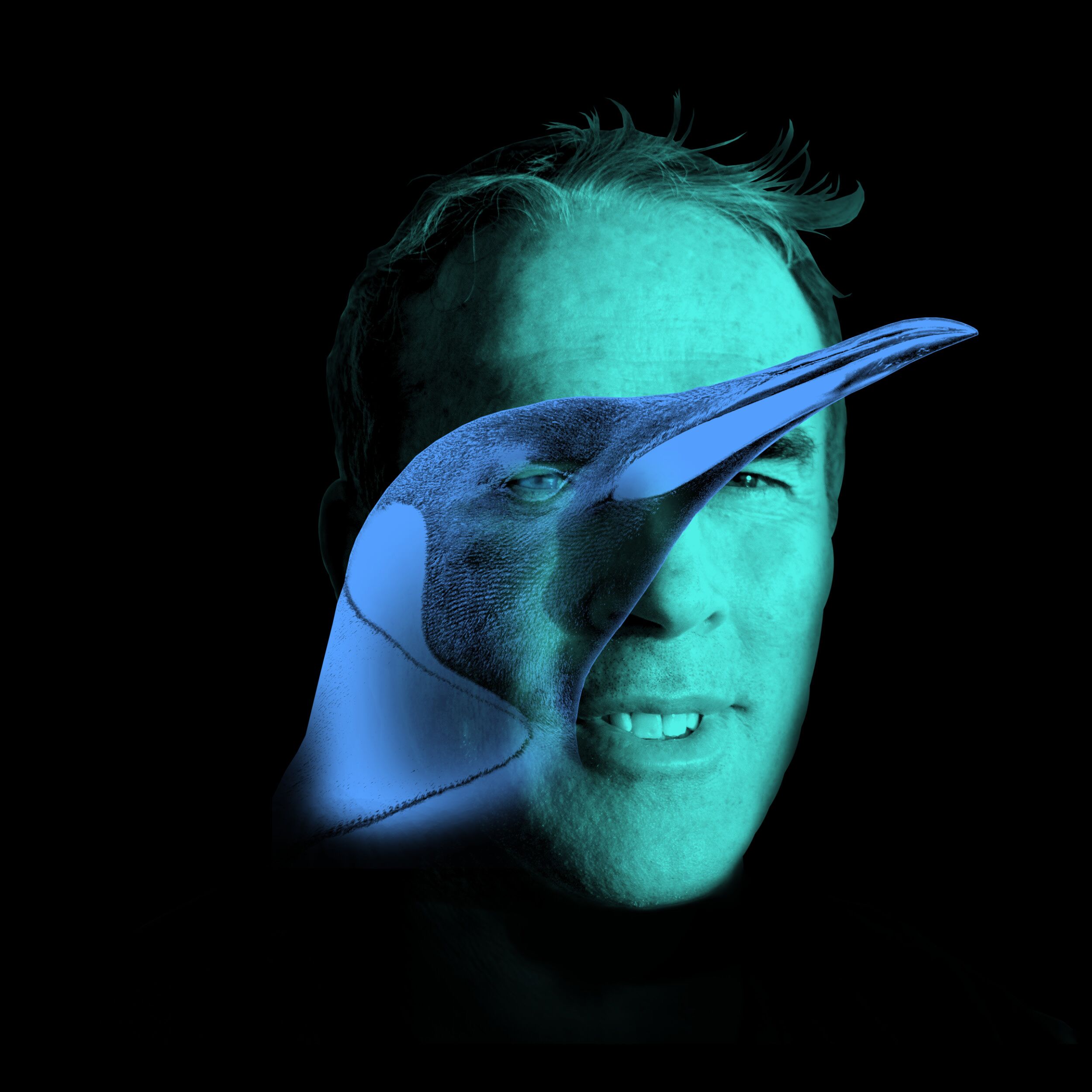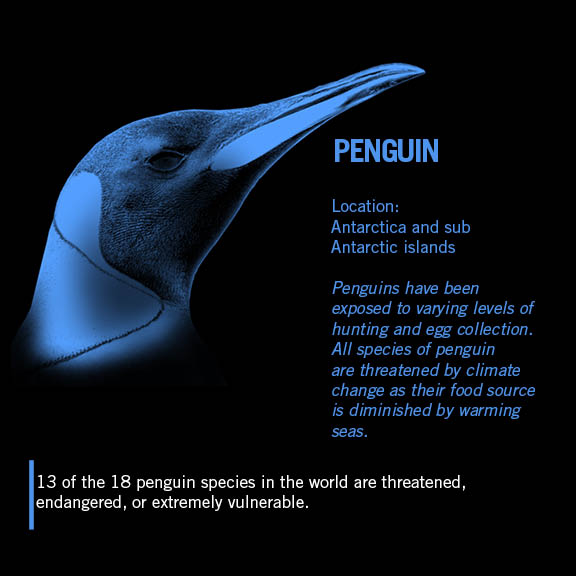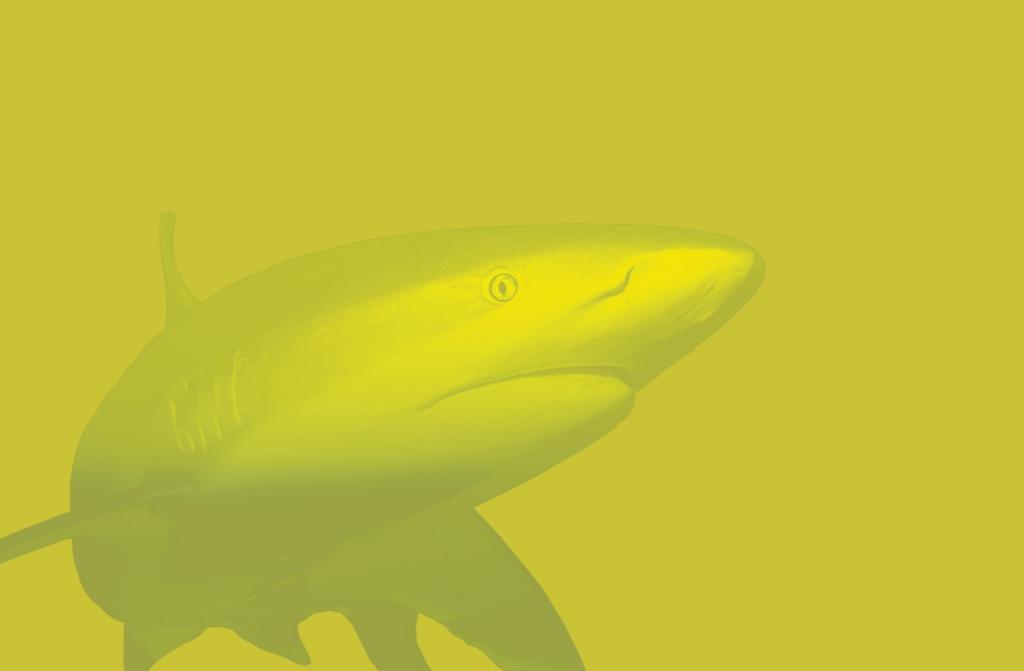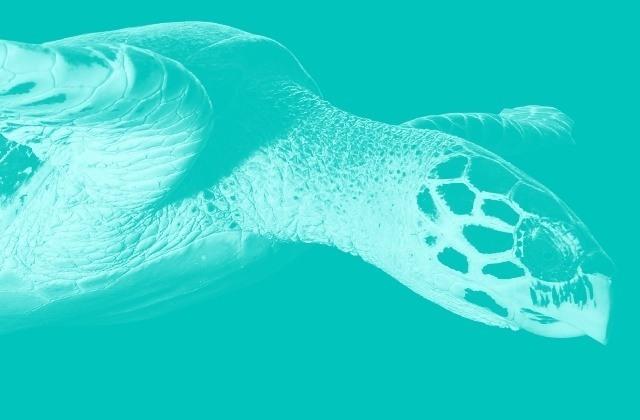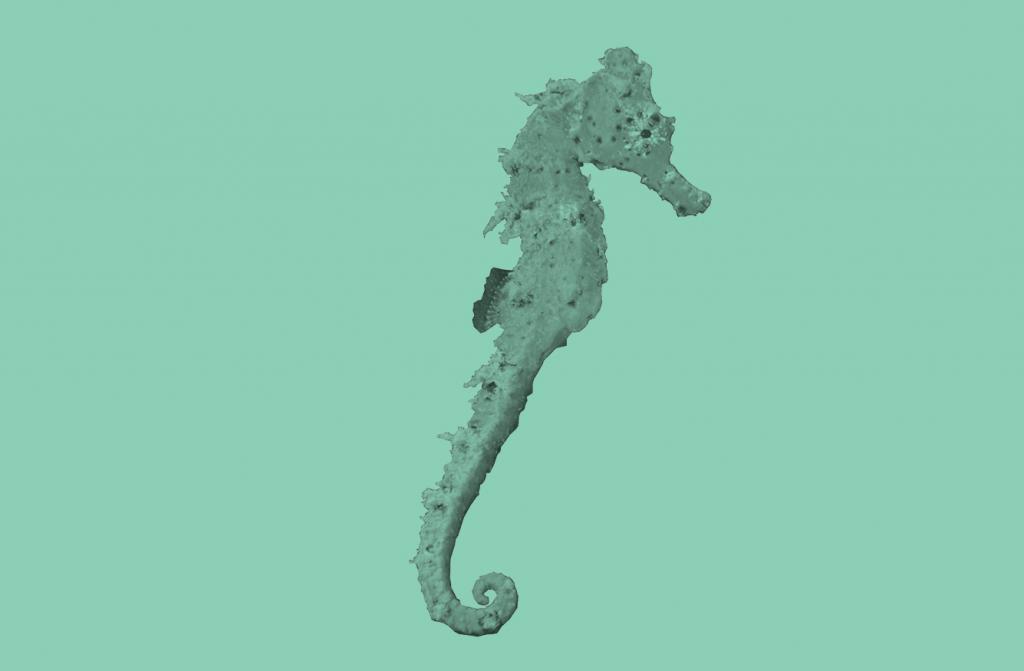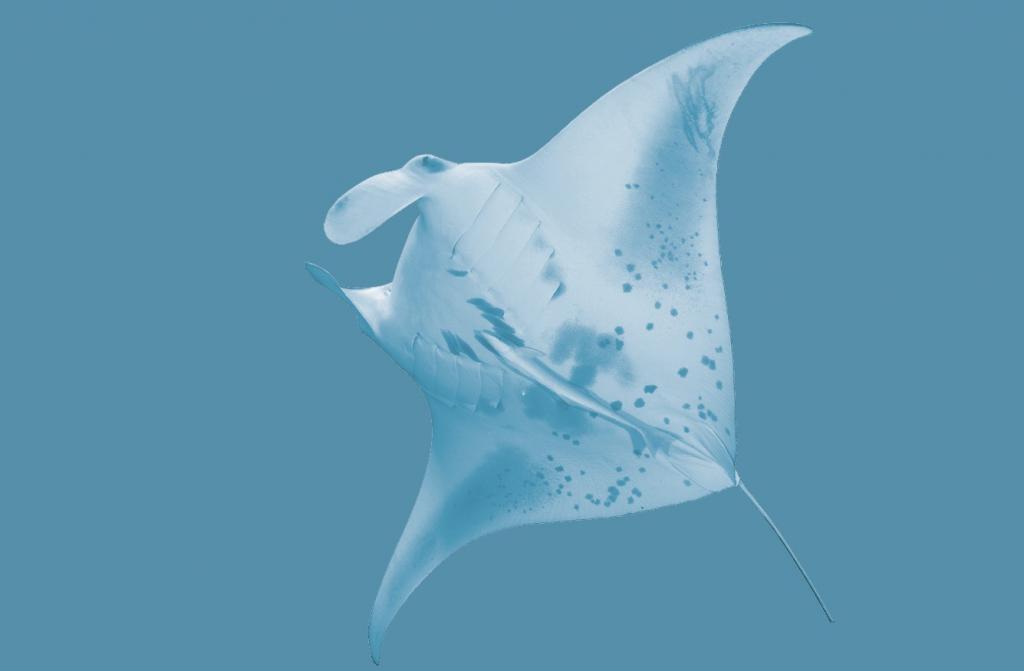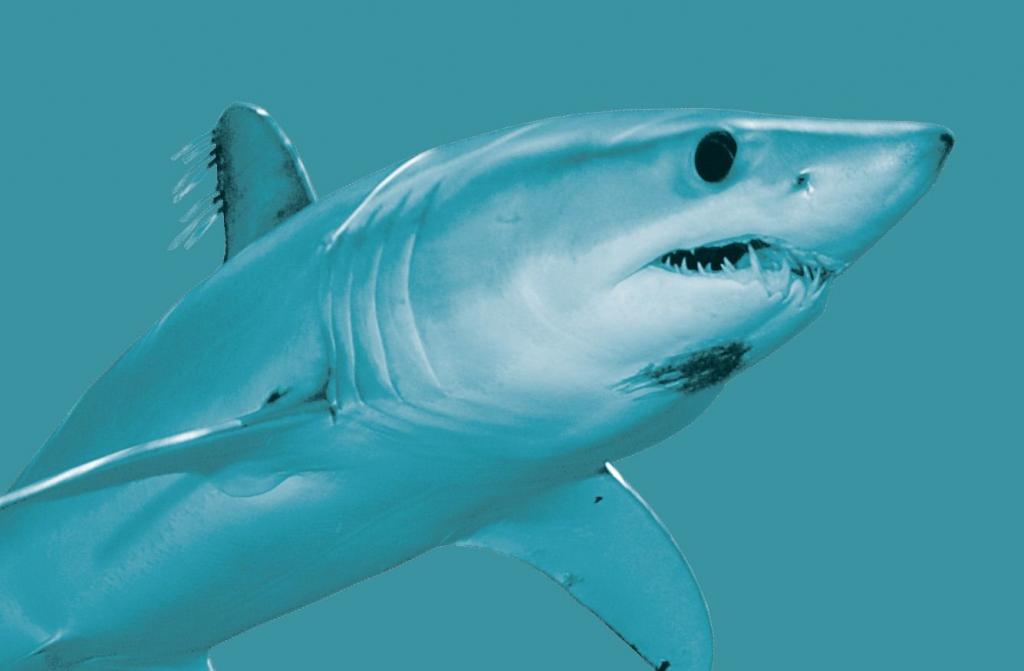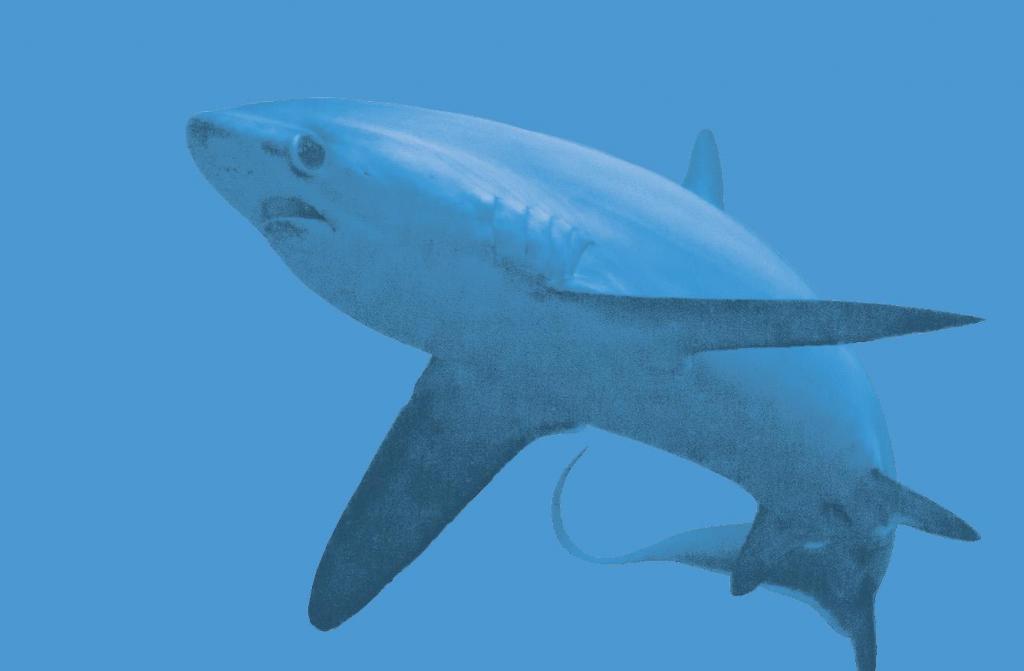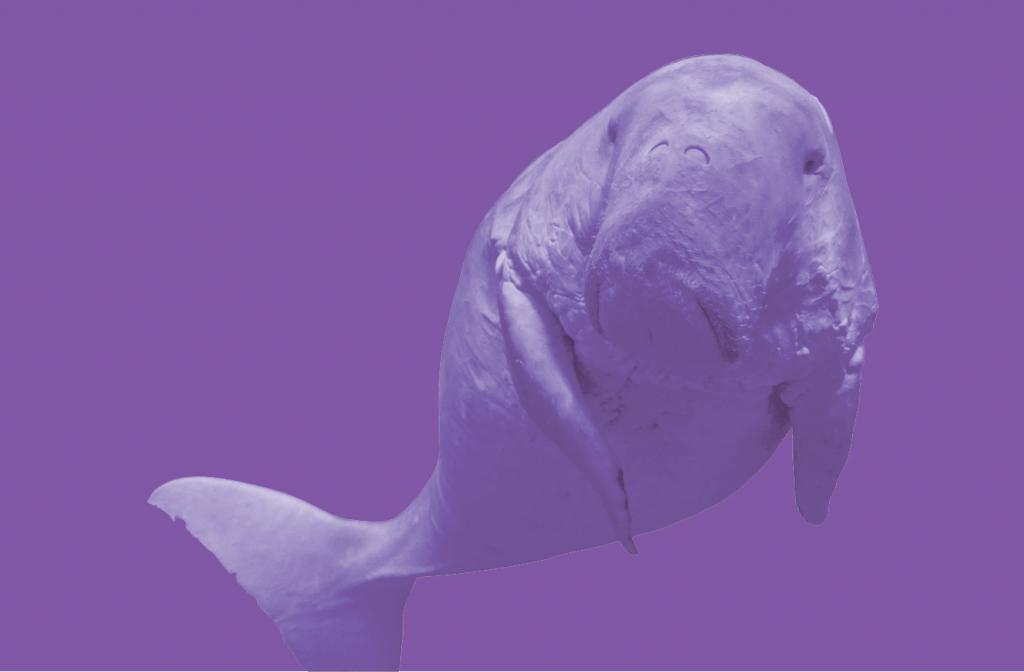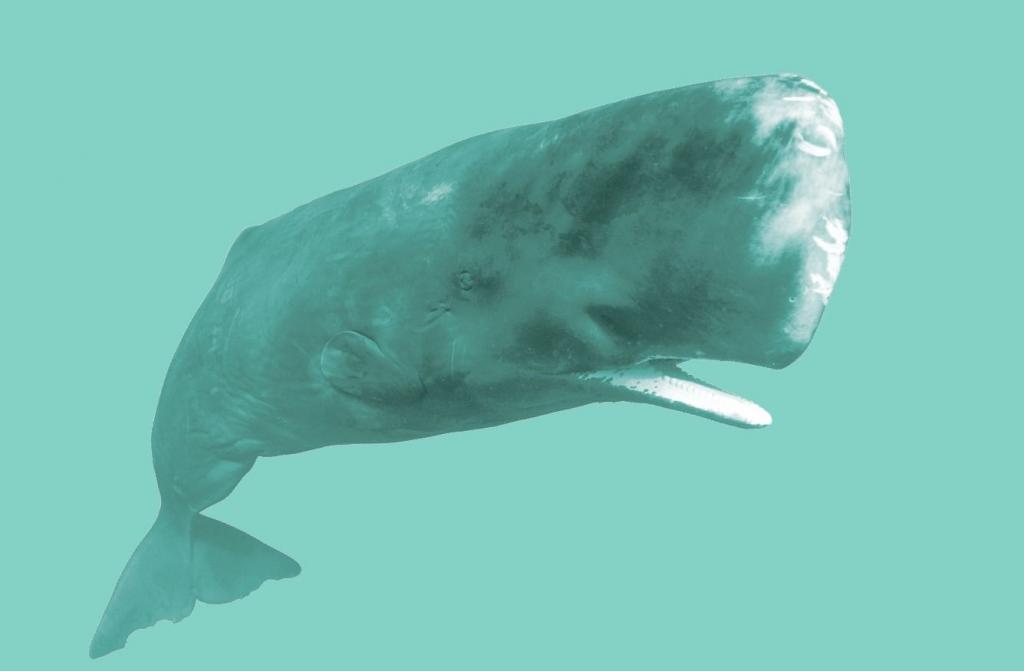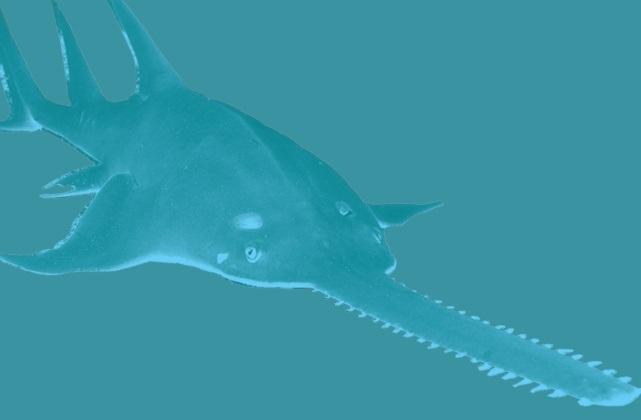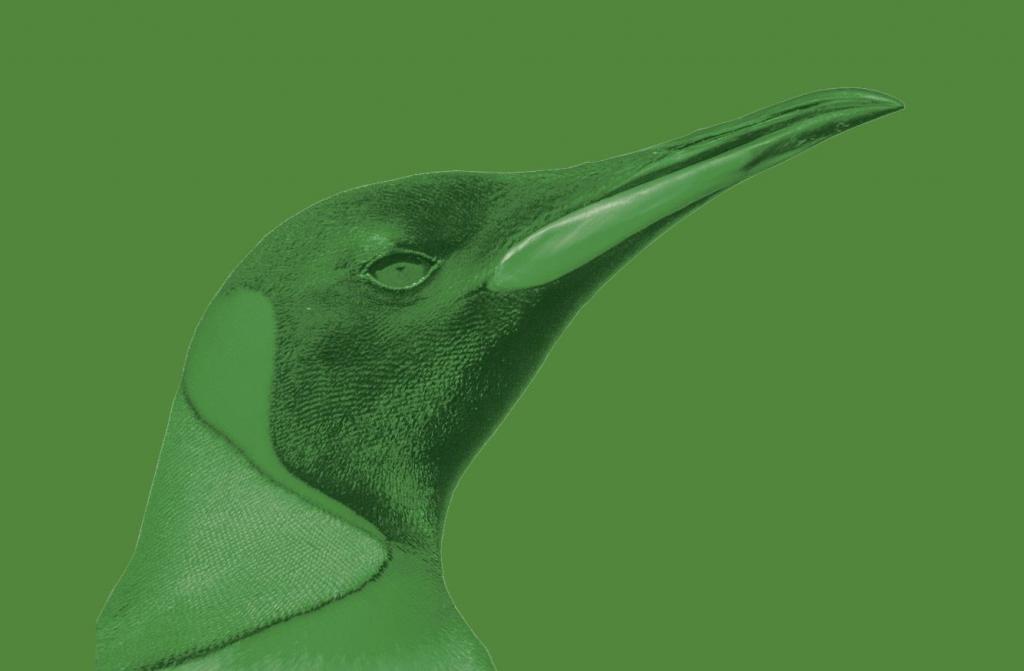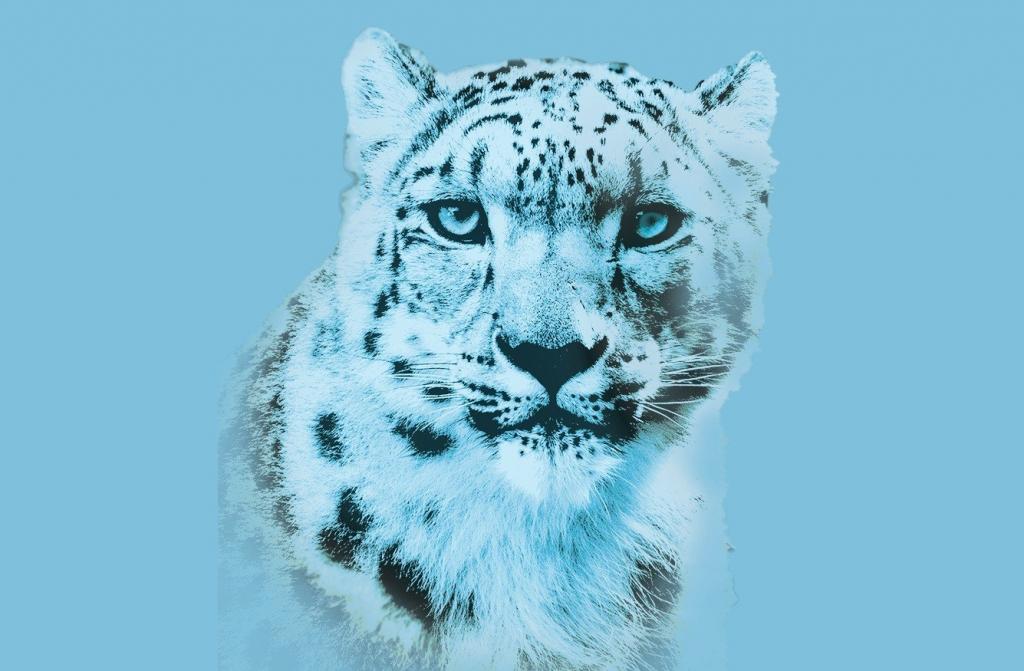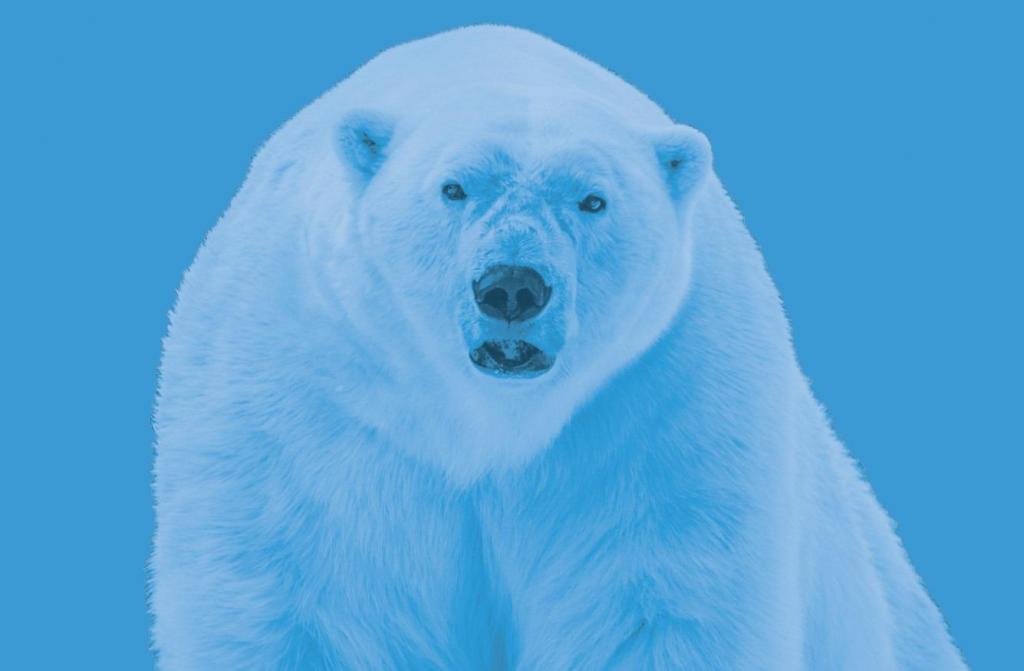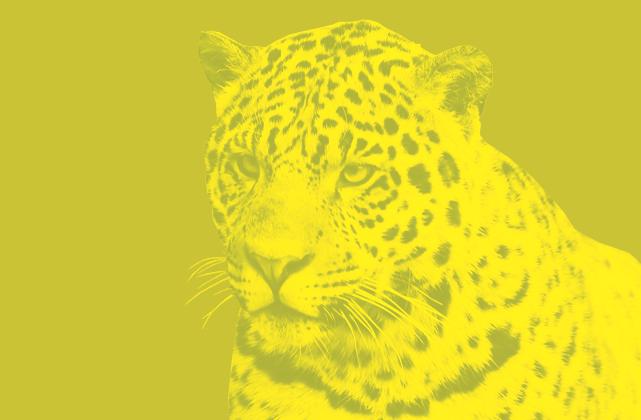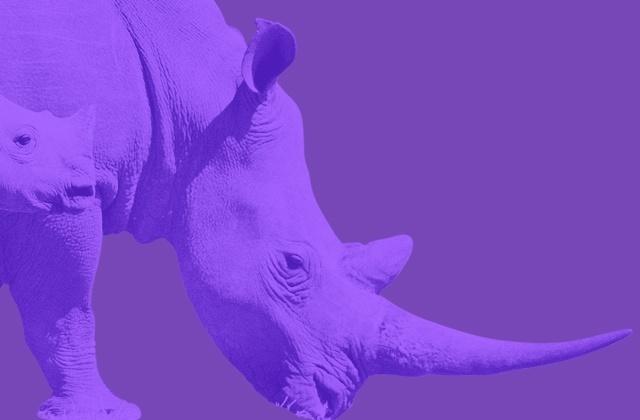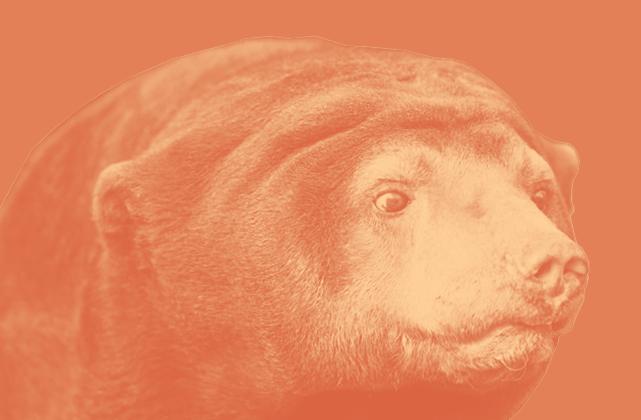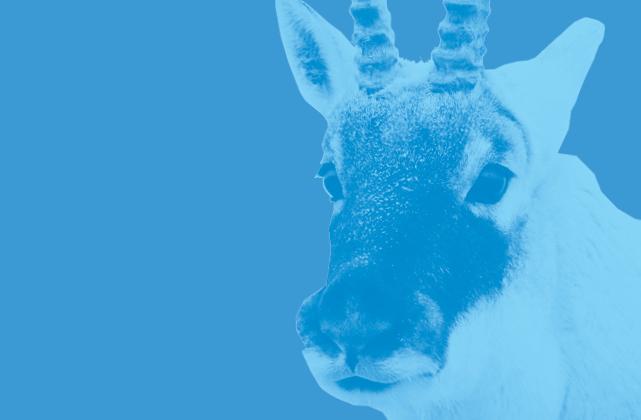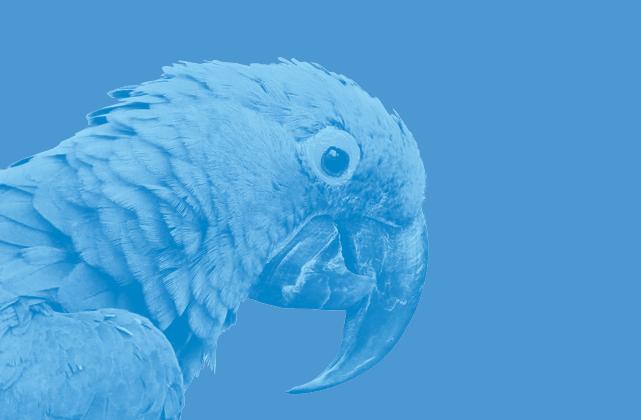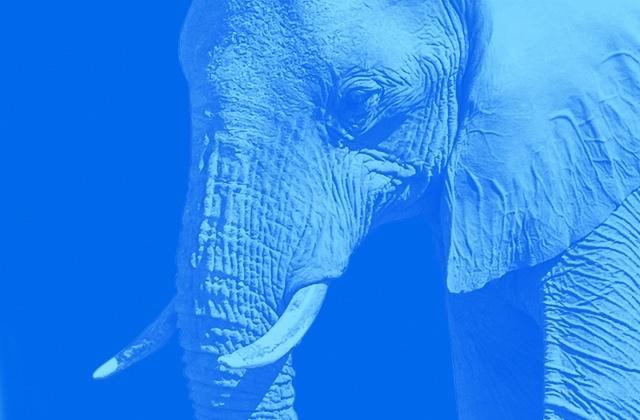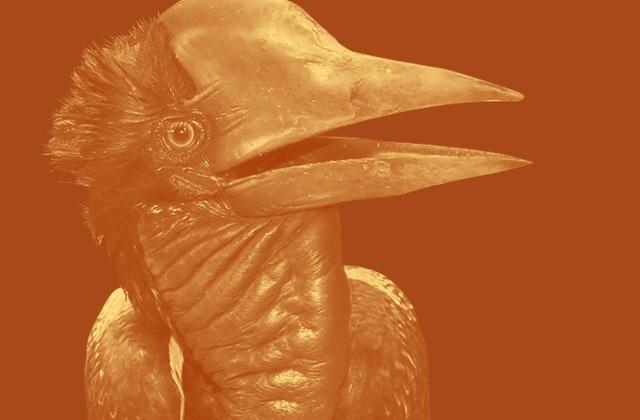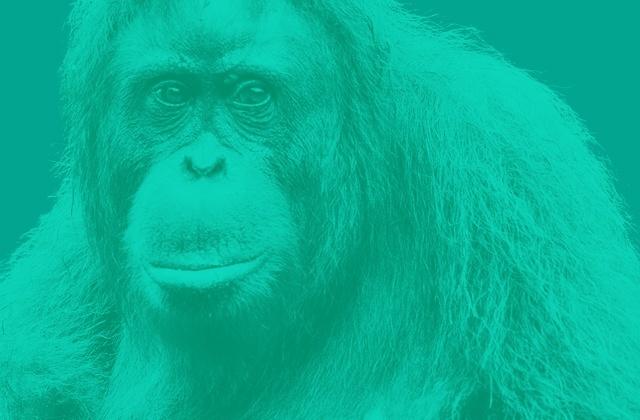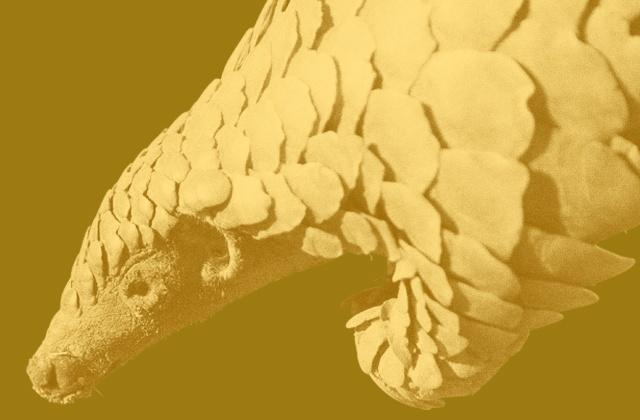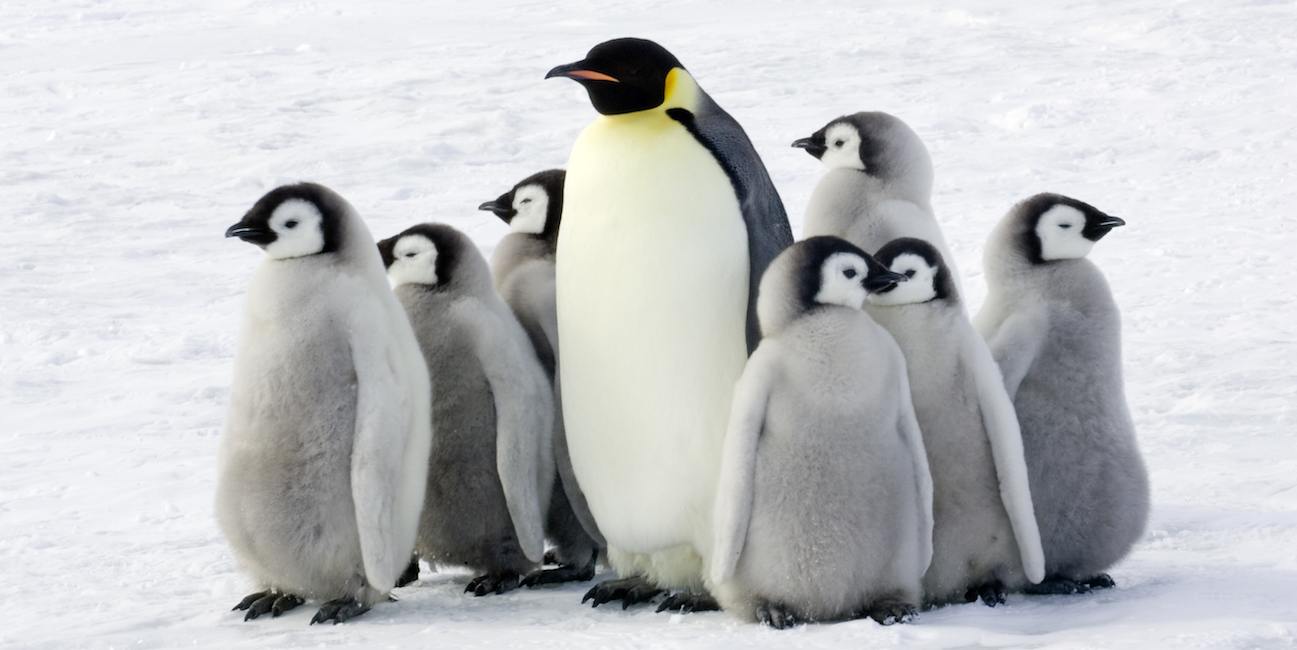
Penguin
Penguins are birds that cannot fly but they can reach up to 15 miles per hour underwater. They have flippers for wings and are excellent divers. On land, penguins waddle upright or slide around on their bellies if snow conditions allow it.
WHERE THEY ARE FOUND
All (approximately) 17 penguin species live exclusively in the Southern Hemisphere apart from the Galapagos penguin which just about qualifies as living in the Northern Hemisphere as it spans a narrow band at the equator in the Galapagos Islands. 4 of these live and nest on and around the Antarctic continent and a further 3 live and nest on Antarctic and sub-Antarctic islands, giving 7 species that can be considered "Antarctic Penguins".
WHY THEY ARE IMPORTANT
Due to their wide geographic range, penguins play a key role in a number of food chains, both as predators as well as prey. Across the many species of penguin, their diet includes krill, crustaceans, small fish, squid, and more. They are preyed on by a wide range of creatures, including seals, sea lions, a number of birds including gulls, skuas and sheathbills, octopus, sharks, and even domestic animals like dogs, cats, and ferrets. Removing penguins would disrupt the food chain for many other species’
HOW THEY ARE THREATENED
Different penguin species have been exposed to different levels of hunting and egg collection, and a significant number of them have seen rapidly declining populations. In addition, penguins risk being harmed and killed due to entanglement in fishing and as by-catch. The threat to penguins from hunting and wildlife is exacerbated by their high vulnerability to climate change, mainly through habitat loss in the Antarctic caused by warming temperatures. This impact is restricting their access to food and there is simply less of it as seas warm and disrupt the fish breeding cycles that thrive in cold waters. Overfishing also threatens their mainstay diet.
CITES Listing: Currently, the Humboldt penguin is listed in Appendix I and the African penguin is listed in Appendix II. Many other penguins are not protected by CITES. All species of penguin receive some level of protection from hunting and egg collection under the 1959 Antarctic Treaty, and several are internationally listed as “threatened” or “endangered.”
HOW YOU CAN HELP
As penguins can be affected by fishing practices in general, reducing your seafood consumption and avoiding unsustainably sourced seafood can help protect these curious animals. In addition, due to the species’ vulnerability to climate change, reducing your carbon footprint and offsetting your emissions is essential.
the deepest dive of all birds is made by the Emperor Penguin and can be maintained for 20 minutes!
